Runtime Application Self-Protection (RASP) keeps your applications safe by proactively blocking malicious requests
But how do you know which RASP vendor is right for your environment? In this article, we’ll review the nine best RASP vendors on the market that can help you protect your most critical applications.
Here is our list of the best RASP vendors:
- Imperva RASP Provides overall great out of the box application protection, ideal for most DevOps teams
- JSDefender Offers application traffic analysis and JavaScript obfuscation
- Fortify Application Defender Focuses on proactive protection and speeding up the development process
- Sqreen Combines RASP and WAF technology to provide more robust app protection
- Signal Sciences Focuses heavily on integrating with the DevOps toolchain and reducing its impact on the application
- Hdiv Leverages a codeless framework that makes monitoring less technical and easier to implement
- K2 Security Platform Leverages a unique detection approach to detect and stop threats without impacting app performance
- OpenRASP A highly flexible open-source RASP solution
- Veracode Runtime Protection Offers a RASP solution paired with vulnerability remediation tools, ideal for larger organizations
What exactly does a RASP vendor or tool do?
RASP technology focuses on protecting applications from malicious inputs. When your application starts, RASP kicks in to ensure no one is attempting to probe the application for weaknesses or attempting to get it to do something it isn’t indeed to do.
When attackers look to compromise a system, they start by looking for vulnerabilities. Vulnerabilities are security flaws that act as a doorway into sensitive areas or trick the application into giving up sensitive information.
RASP stops this by continuously monitoring and studying the application’s behavior. By differentiating normal behavior from malicious activity, RASP can understand the context of traffic and protect applications more effectively.
RASP technology does this without human intervention and often leverages machine learning to improve its detection methods over time. In addition, rather than running on the server alongside the application, RASPs run directly on the application inside the runtime environment of your app. RASP tools intercept calls to and from your application to stop attacks and ensure they are secure and legitimate.
How is RASP different from a Web Access Firewall (WAF)?
RASP vendors differ from WAFs primarily because RASP vendors can understand how the app will process the data. In short, the RASP tools have a closer relationship and understanding to a specific application and provide better protection for businesses that use the continuous deployment model. RASP vendors block or filter traffic based on the information collected in the traffic and how your application will handle that traffic.
In a WAF environment, all HTTP requests are analyzed for malicious behavior, abnormal behavior, and odd patterns. Depending on the configuration, the WAF will block or filter this traffic from reaching the application environment. However, the WAF has little visibility into the application and lacks an understanding of how the application will process traffic. This oversight can cause WAFs to produce a more significant number of false positives.
RASP vendors provide businesses with more controls and better accuracy on a per-application basis. In addition, RASP tools can be adapted to any programing language or app environment and continuously learn to stop attacks while preventing false positives.
What should I look for in a RASP vendor?
Ease Of Use
RASP is designed to be heavily automated and run with little to no human interaction. However, that isn’t to say some tools aren’t more straightforward to install than others. Instead, look for a RASP took that installs easily and offers out-of-the-box security templates to get started.
A cluttered dashboard can make NOC monitoring challenges and steepen the learning curve for new users. Instead, consider spending some time trialing your RASP vendor solution and getting a feel for how easy it is to create new workflows, implement rule sets, and navigate through the UI.
Reporting
Depending on your type of business, reporting might be a critical factor in choosing a RASP vendor. Good RASP tools will have customizable reporting tools that aren’t difficult to use. In addition, organizations that adhere to standards such as PCI DSS or HIPAA will want to know they can easily prove compliance with their RASP tool.
Protection
While most RASP tools offer the same baseline layer of protection, look for tools that go beyond the Top 20 OWASP vulnerabilities. Many RASP vendors try to differentiate themselves from competitors by offering patented detection techniques that analyze factors like grammar, geolocation, and machine learning to provide enhanced protection. Good RASP products detect and prevent all attacks, from maliciously crafted packets and DDoS attacks to script kiddie tools.
Consider if your RASP product can scale with you. For example, will your origination only have one or two apps, or do you plan to develop more soon. In addition, enterprise RASP tools can often monitor multiple applications and generate consolidated insights in a single dashboard. Lastly, ensure your RASP vendor supports various types of environments. With multi-cloud and hybrid cloud environments becoming increasingly more popular, be sure that your RASP vendor fits in your current environment and can support your plans to grow in the future.
With the basics out of the way, let’s explore the top 9 best RASP vendors.
The best RASP Vendors
1. Imperva RASP
Imperva is a leading cybersecurity brand with a suite of different protection solutions. Their RASP product is designed to quickly stop online threats and automatically provide a customizable front end for sysadmin and NOC teams.
Imperva RASP starts by understanding how your application works, interprets traffic, and processes commands to protect it from abuse better. Then, Imperva can detect various attacks ranging from clickjacking and packet tampering to injection attacks and zero-day exploits.
Visually Imperva’s dashboard is sleek and easy to navigate. In addition, the brand uses color very well to help accent key insights and bring critical information to the forefront. Out of the box, Imperva onboards very quickly compared to other RASP products and begins protecting your application with minimal configuration needed on the user’s end.
You can test out Imperva RASP through a free trial.
2. JSDefender
JSDefender by Preemptive is designed to obfuscate application traffic and provide end-to-end application protection. Numerous tamper detection methods are used to protect the application, while traffic obfuscation hides your traffic from intruders. JSDefender supports all major frameworks, including JavaScript, Angular, Node, React, React Native, and Webpack.
JSDefender is an excellent choice for an environment that heavily relies on JavaScript to power its applications and products. Unfortunately, javaScript applications are delivered in source form, meaning that your code is visible to anyone with access to the browser or app front end. Attackers can exploit this inherent insecurity in JavaScript to sift through the running code and find vulnerabilities to exploit.
JavaScript obfuscation makes it considerably more difficult for attackers to analyze, exploit, or reverse engineer your code. There are also some added benefits to scrambling code, such as minification, which shrinks the size of your code, allowing it to run more efficiently. This unique feature combined with essential RASP protection makes JSDefender an easy choice for anyone that heavily relies on JavaScript applications.
3. Fortify Application Defender
Fortify Application Defender by Microfocus protects applications from attacks in real-time and offers RASP features easy-to-use and scalable design. It covers applications by analyzing traffic, behavior, and context throughout the lifecycle of the app.
Fortify is great for environments that wish to record their RASP data for reporting for historical analysis. Numerous integrations support exporting data into other environments, which is great for companies using a SIEM or other form of log management. Organizations that need increased visibility into their security efforts for compliance and reporting purposes will appreciate how easy Fortify’s features are to use.
In terms of protection Fortify leverages multiple layers of security to keep your apps safe and help speed up the development process. Out of the box, the software comes with over 32 security categories to stop attacks right away, making it easy to use with little effort. All of this is available through a straightforward, intuitive management console.
4. Sqreen (Now Datadog APM)
Sqreen (now recently acquired by Datadog) is a combination RASP and WAF tool designed to provide end-to-end application security and threat protection. By combining RASP and WAF features, Sqreen offers users more options in terms of app protection, making Sqreen one of the more scalable and flexible products on this list.
The product protects apps by monitoring everything from network requests down to individual lines of code for any suspicious activity. The platform can automatically block these actions or fire off a script to alert developers or create a helpdesk ticket. This workflow allows organizations to stay ahead of emerging threats and integrate RASP/WAF technology as a critical part of their development workflow.
Datadog is known for its incredibly easy-to-use dashboards, elegant reporting options, and robust protection features, so I’m excited to see where this acquisition will take Sqreen.
5. Signal Science
Signal Sciences offers numerous cybersecurity solutions, including WAFs, DDoS protection, and now RASP. The platform focuses on being a simple solution to the complex task of protecting your application and DevOps team from compromise.
Signal Sciences uses a streamlined installation process paired with numerous out-of-the-box features that make it easy to hit the ground running and see benefits immediately. This focus on simplicity and powerful protection helps it stand out from competitors and secure its place on our best RASP vendors list.
The platform has carefully designed its product not to impact application performance, claiming that similar tools affect app performance by 100 to 200%. This attention to detail and careful integration into existing DevOps toolchains make it a solid choice for any sizeable DevOp environment that cannot afford downtime.
Uniquely, Signal Sciences can detect some threats that other RASP tools miss. For example, attacks such as account takeover, API abuse, bad bots are all thwarted under their platform. In addition, the tool is highly flexible and supports legacy, app native, and serverless environments.
6. Hdiv
Hdiv is a powerful RASP tool that combines powerful protection features with a simple workflow that doesn’t require coding. Users can use its object-based interface to update real-time whitelists, improve application performance, and fine-tune detection settings.
The platform can protect not only applications but also API and microservices across many environments, making it a highly flexible RASP vendor for environments that require versatility. In addition, Hdiv leverages real-time whitelisting validation to help prevent business logic flaws and stop security bugs before they reach your environment.
Unlike some other RASP tools, Hdiv works within your development environment to help detect and prevent vulnerabilities early in your product’s life cycle. This not only helps reduce exposure but empowers your dev team to build more robust applications from the ground up.
Once in production, the traditional RASP protections kick in to keep your application safe while a centralized management console displays real-time visibility into attacks and vulnerabilities. In addition, organizations that comply with standards such as HIPPA, PCI DSS, or GDPR can implement built-in compliance guidelines to steer your workflow and remain compliant.
The Hdiv dashboard is simple and allows users to toggle between protection, performance, and reporting in just a few seconds. In addition, Hdiv’s flexibility and low technical barrier to entry make it an excellent choice for any small to medium-sized DevOps team.
7. K2 Security Platform
K2 Security Platform is a powerful RASP tool designed to detect and stop sophisticated attacks against applications that often go undetected through legacy WAFs and RASP vendors. Using lightweight agents, K2 deploys in just a few minutes and leverages numerous detection methods that avoid impacting app performance.
Before going to work, K2 Security creates a map of your application to understand when the application is functioning correctly. The platform then uses deterministic flow control to understand the runtime environment. This allows K2 to have a deep understanding of your specific app environment and detect threats with a high degree of accuracy without slowing down the app or consuming large amounts of system resources.
K2 also protects against memory-based attacks often missed by endpoint security, firewalls, and EDR. Through continuous validation and monitoring, K2 can easily spot these memory discrepancies and work to stop or alert for them.
The product is simple to use on the front end and uses graphics to understand your environment more easily. For example, the topology tab illustrates all of your nodes and the relationships between them. This map is dynamic and works in real-time, allow larger environments to train new staff and understand their product more quickly.
8. OpenRASP
OpenRASP, developed by Baidu, is, you guessed it, completely open-source. The protection engine integrates with the application server to track different events, requests, queries, and network traffic.
For an open-source product, OpenRASP leverages numerous out-of-the-box features to protect applications. For example, by examining different inputs and outputs, the product understands the context behind other behavior and stops the malicious activity. In addition, intelligent alerts only notify users when an attack is successful by default, which helps reduce false positives and helps improve the DevOps overall detect rate.
Thanks to its dedicated community, OpenRASP supports a wide variety of integrations into different alert monitoring templates, ticketing systems, and SIEM products. Overall, if your organization wants to dedicate time and workforce to an open-source RASP solution, OpenRASP has you covered.
9. Veracode Runtime Protection
Veracode Runtime Protection is designed to protect applications without interfering or touching their code. This approach helps keep development environments easier to manage and avoids slowness while scanning for threats.
Veracode does an excellent job at increasing visibility into data flow, application logic, and executed instructions. This allows teams to make changes based on their security goals while automated RASP features work hard in the background to prevent attacks and the exposure of sensitive data.
Monitoring these threats across the application layer can prevent attacks while newly discovered vulnerabilities are highlighted, ranked, and queued for remediation. In addition, this approach helps stimulate a continuous development lifecycle and gives organizations protection from inception to production.
Veracode positions itself as a critical component to application security and has features that can easily integrate within current DevOps teams and remediation workflows. The product has many integrations and a robust API to support SIEM tools and other products in your ecosystem. In addition, Veracode is a strong RASP product ideal for larger organizations capable of processing and remediating their vulnerabilities.
Conclusion
If you’re a large or small DevOps team, any size organization can benefit from a strong RASP vendor. RASP vendors are an essential part of application development that promote strong security and help increase the efficiency of the development lifecycle.
How do you protect your applications? Do you use a WAF, RASP, or different technology? Let us know in the comments below.
L’article 9 Best RASP Vendors est apparu en premier sur Comparitech.
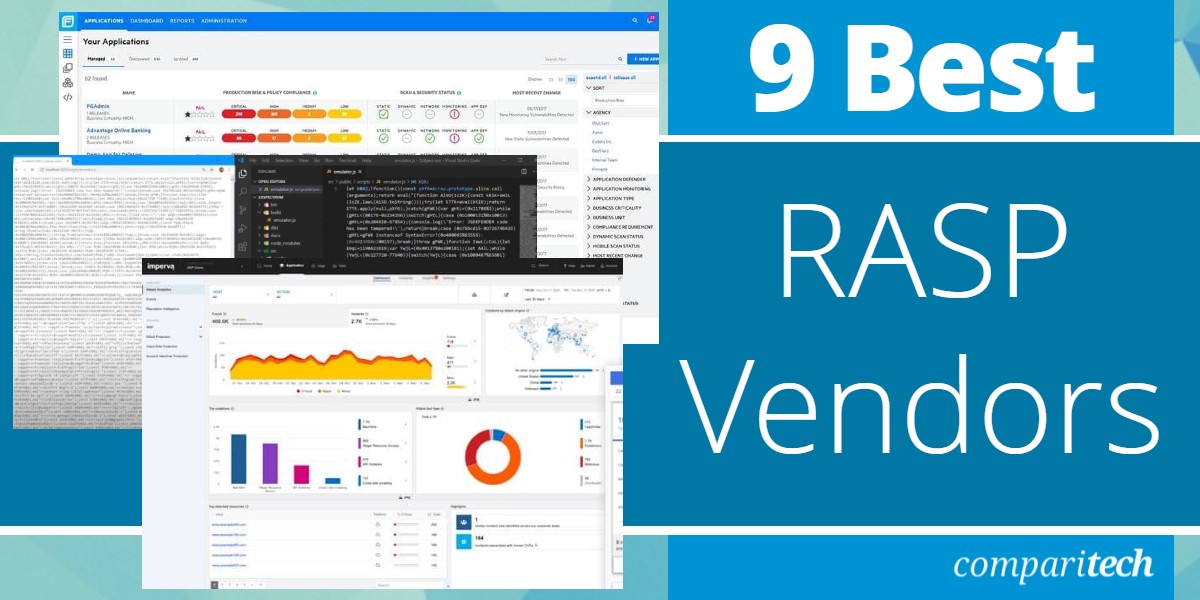
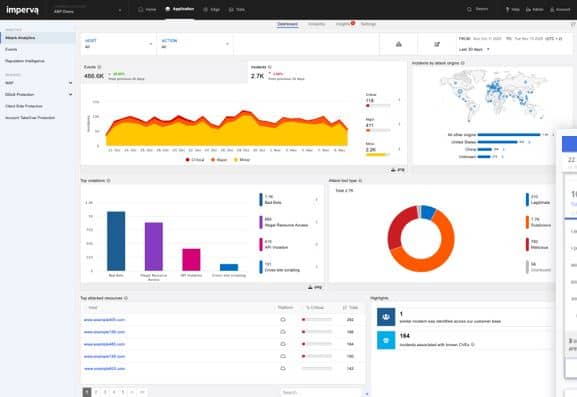
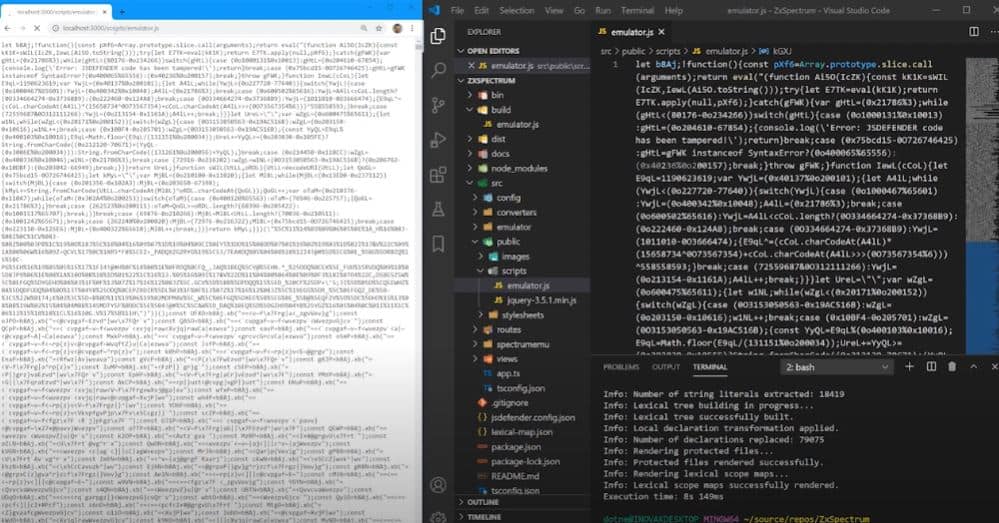
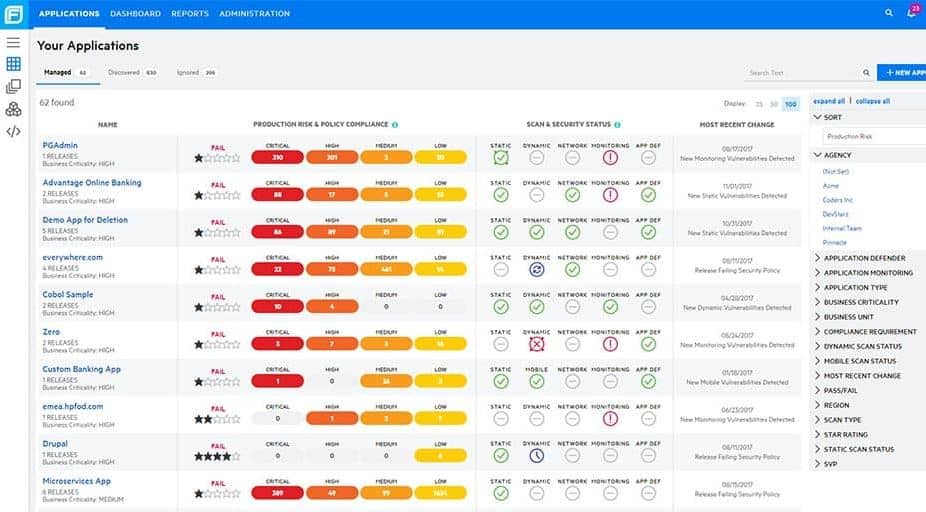
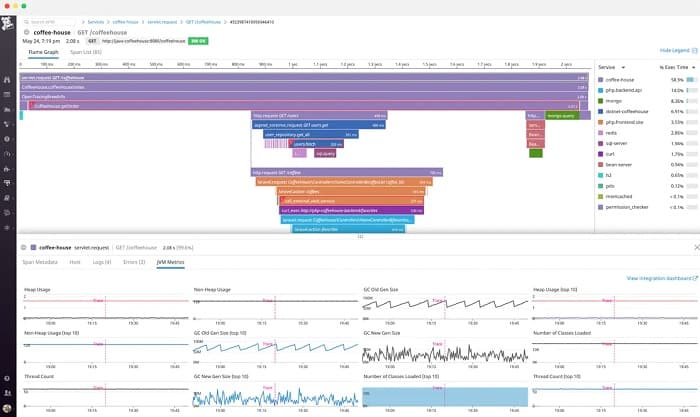
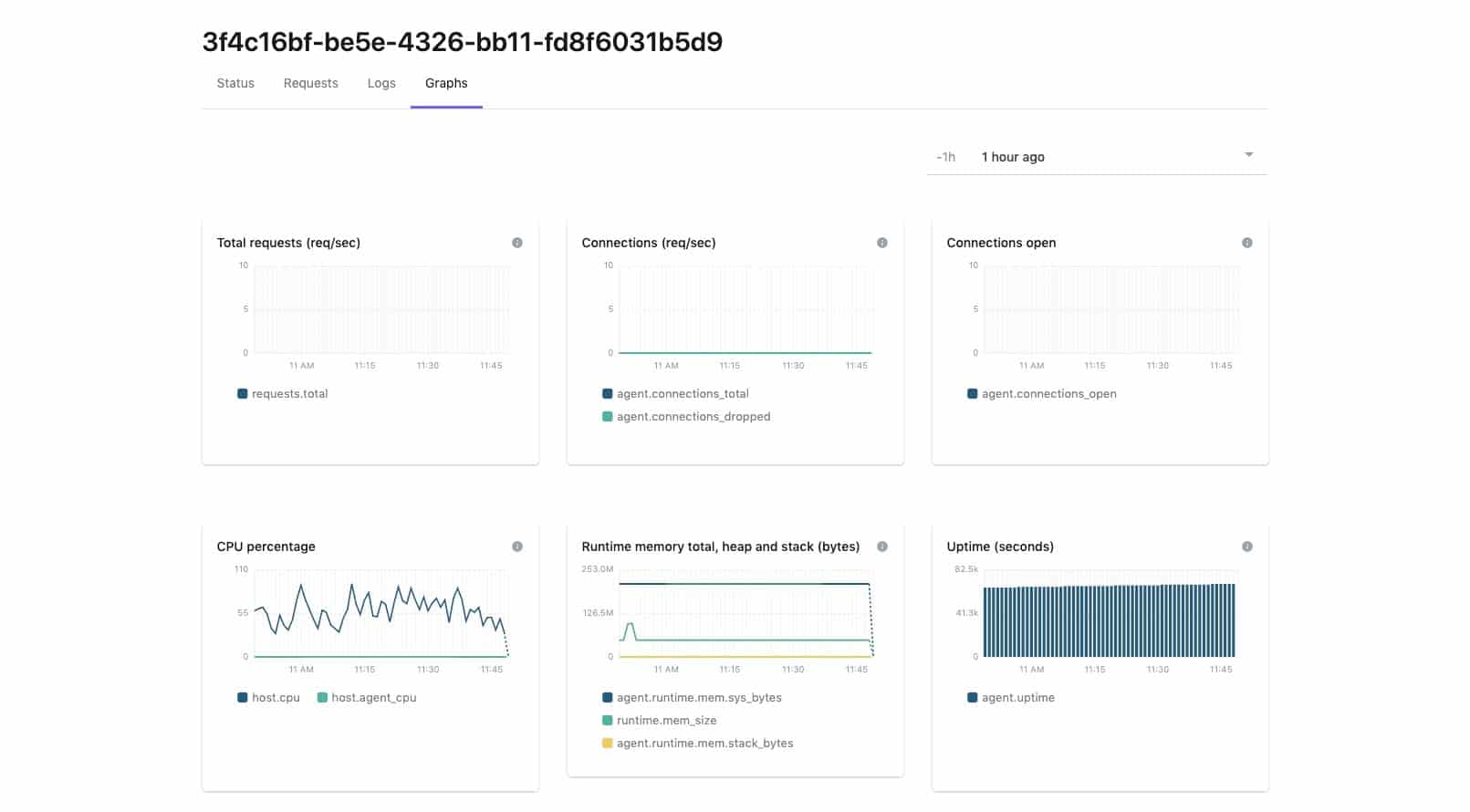
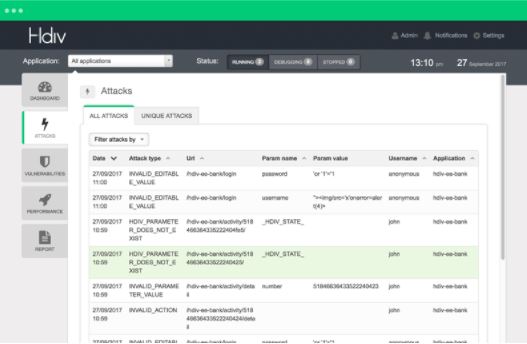

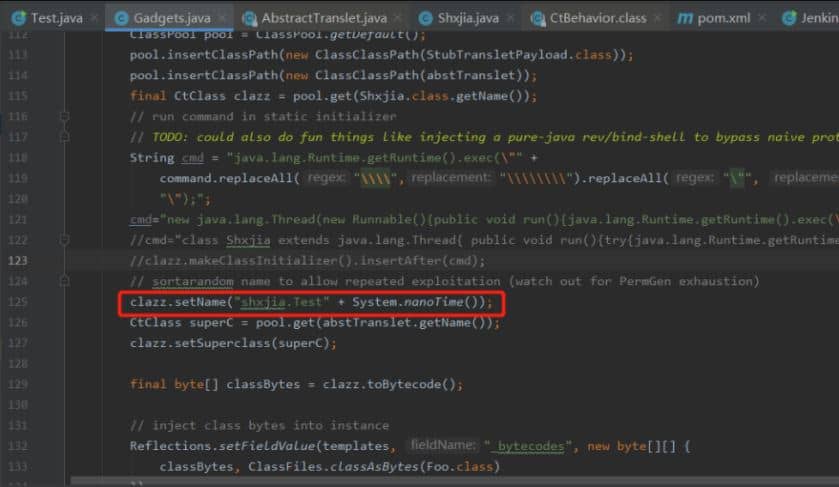
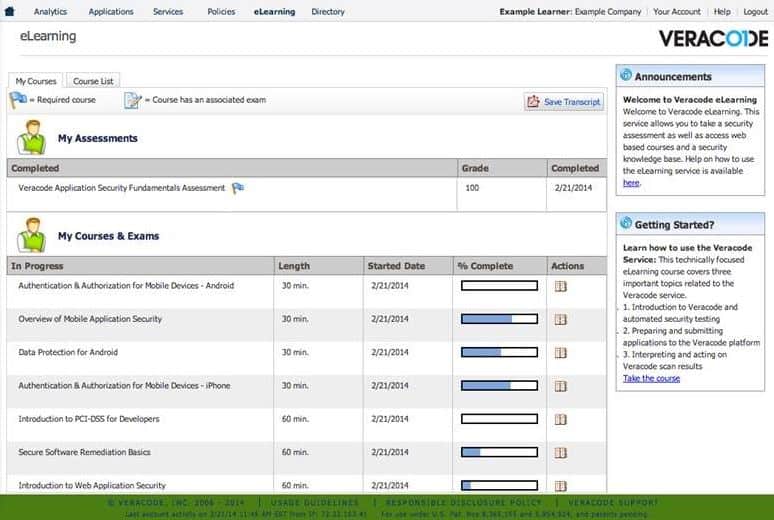
0 Commentaires